












SPECIAL THANKS to everyone who participated in our stakeholder meetings leading to the creation of this plan, especially residents. Your input has been essential to the making of the Great Falls Neighborhood Plan!
Consultants
Jason Rowe
Diane Sterner
New Jersey Community Capital Education
Gilman Choudhury
Martín Dominguez
Lorennys Garcia
Jennifer Guizar
Michael Hill
Enrique Noguera
Dr. Curtis Palmore
Erica Plaza
Mohammed Uddin
Local Businesses
Jeff Abrams
Mery K. Aguilar
Manoucheka JeanBaptiste
Allyson Burzinski
Migdalia Campos
Carmen D. Carroll
Jorge Cortez
Kenny Disla
Jose A. Estrella
Yan Carlos Filpo
Elio Gencarelli
Jolanda Gonzalez
Josephine Grambone
Aracely Gutierrez
Victor Hernandez
Claudia Herrera Bernal
Eliot Jeri
Juan E. Lopez
Marco Marure
George McLoof
Victor M. Morales
Diana Navarro
Juan Carlos Nova
Leomar Paulino
Lilliam Rodriguez
Victor D. Ruiz
Antonio Sanchez
Lawrence C. Stabile
Khoder Itani
Maria Sudario
Abbas Uddin
Olga Vargas
Carlos Vera
Matilde Vera
Miguel Victoria Government
Gianfranco Archimede
Michael Lysicatos
Michael Powell
William Rodriguez
Neighborhood Residents
Mufti Ahmed
Cortea Akens
Nazma Begum
Alma Begum
Coral Colon
Lizbeth Contreras
Carolyn Cruz
Raquel De la Cruz
KaShena Fabor
Sonji Lopez
Maria Sanchez
Charletta Maye
Jessenia Medina
Duran Norma
Daniel ‘DJ’ Osorio
Kenya Percival
Myriam Quiroz
Beatriz Renjifo
Jessica Schutte
Hannah Tannin
Gladys Urena
Aida Vasquez
Janet Velazquez
NJCDC
Mike Cassidy
Michael De Blasio
David Gelman
Eddie Gonzalez
Robert Guarasci
Tamara Lugo
Lety Reyes
Tiffany Shepherd
Cristina Tone
Valerie Trawinski
Darren Boch
Jennifer Brady
Marie Caliendo
Carolyn McCombs
Kenneth M. Morris, Jr.
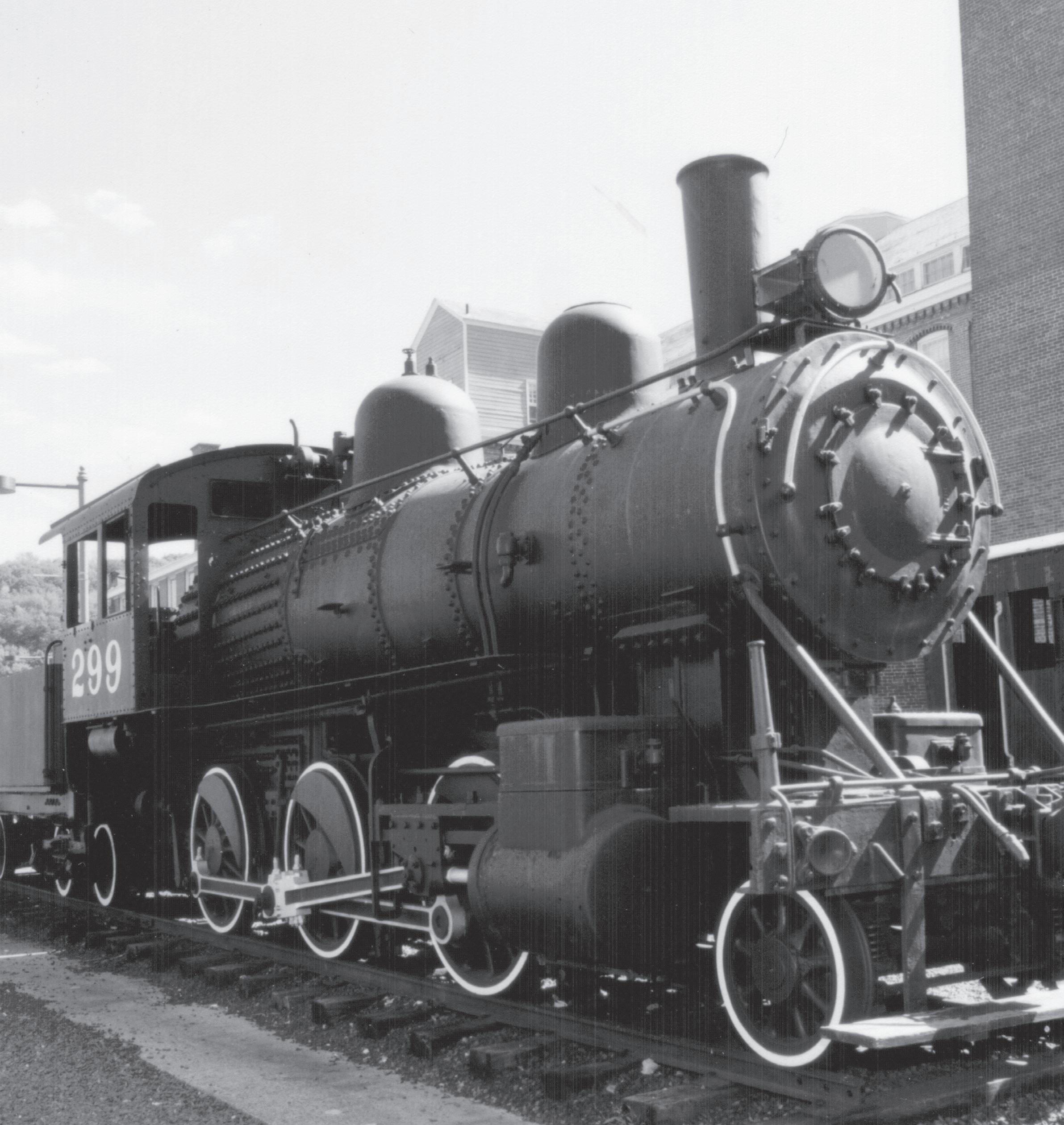
Heather Thompson
Martin Vergara
Jim Walsh
Leonard Zax
January, 202
Dear Friend of NJCDC:
NJCDC’s new Great Falls Neighborhood Plan is the result of approximately 18 months of work with localresidents who live in one of the most diverse anddynamic neighborhoods anywhere in our state. The plan is one that is resident-driven, and the six overarching goals that the plan articulates are entirely reflective of the priorities of local residents. While we may have had to develop our plan overa virtual platform due to the ongoingpandemic, the final product flowsfrom dozens of topic-drivenconversations with residents, focus groups with community stakeholders, and surveys.

Paterson, founded by AlexanderHamilton in 1792 as our country’s first planned industrialcity, is acit y on the rebound. Once a leadingcenter of commerce and industry, Paterson today faces many of the same challenges common throughout urban centers in our state andnation. But thereis significant hope and opportunity in front of us. Our population is growing,as documentedbythe latest census, and our city is home to a wide diversityof residents hailing from countriesas differentasPeruand Bangladesh. The Great Falls Neighborhood, which is the focus of this plan, is just as diverse and--with the Great Falls of the Passaic River andthe surrounding nationalparkatits epicenter--is an attractive andexciting place to work, visit, and call home.
We invite you to delve into this plan and learn about the Great FallsNeighborhood, and the goals, strategies, and activities that the communityhas establishedas our priorities for the next decade.I believe that these goals while ambitious areentirely attainable as NJCDC continues to facilitate board community and stakeholder participation to reach our objectives.
I would like to thank everyone who participated in this process, most notablylocal residents who dedicated considerable time and effort to make this plan possible. After reviewing it, I hope you agree that the Great Falls Neighborhood is as unique and promising a place as we believeitis and while we have work to do to make it better we areall readyand excitedat the task before us.
Sincerely,
Robert Guarasci Chief Executive Officer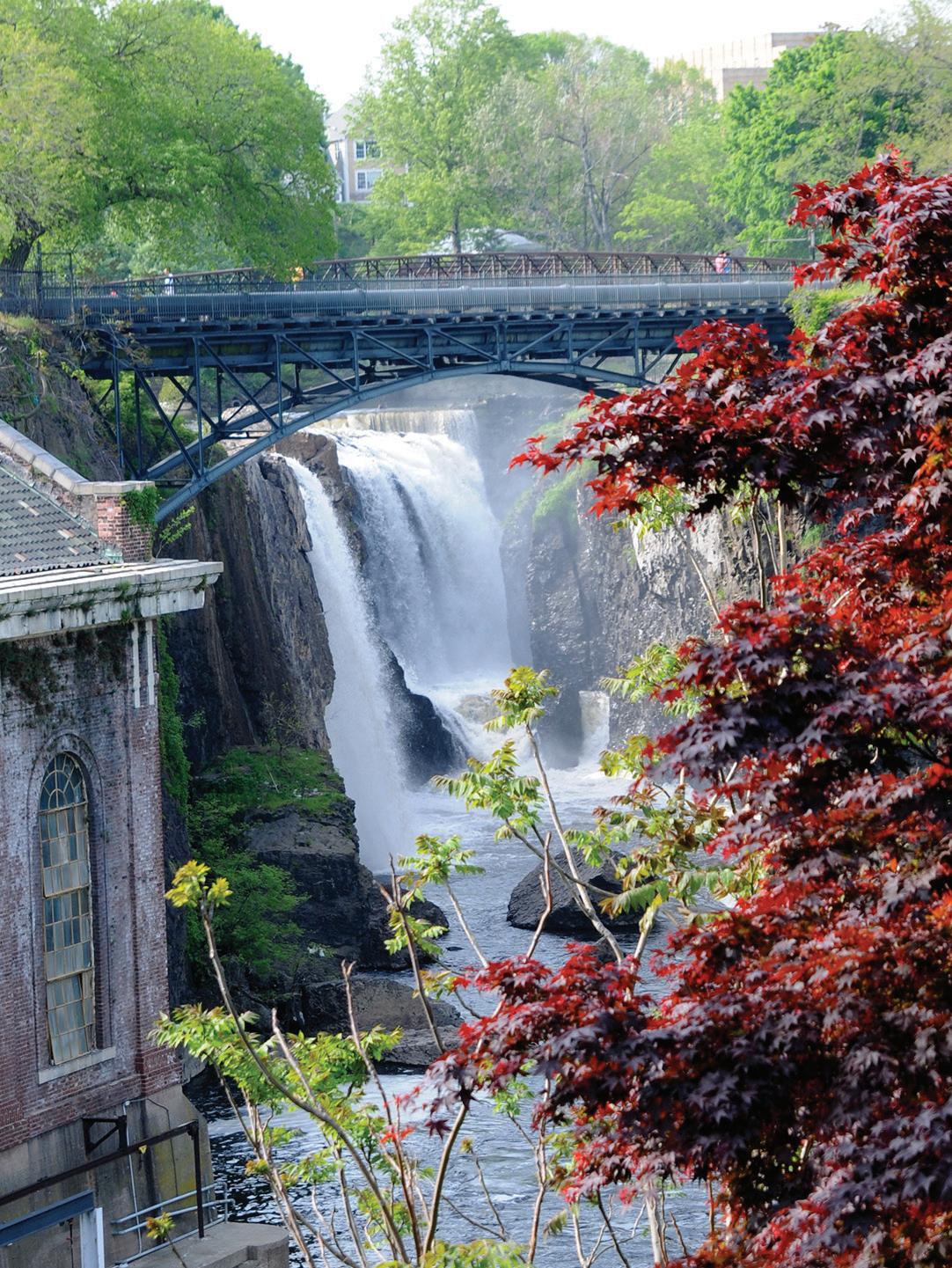 The Great Falls of the Passaic River
The Great Falls of the Passaic River
The Great Falls Neighborhood of Paterson, New Jersey is a community of 13,423 people who reside in the blocks to the east and the west of the Paterson Great Falls National Historical Park. The neighborhood has a rich history: It was a planned industrial city, envisioned by the first U.S. Treasury Secretary Alexander Hamilton. During the 19th and early 20th century, its manufacturing mills were powered by water diverted from the Passaic River above the Falls which ran through its raceway system—an engineering marvel in its time. The neighborhood was the home to waves of immigrants who labored in the mills—and who stood up, through labor organizing and strikes, to demand respect and their fair share of the abundance they helped produce.
Today, the people and families who make up the neighborhood are diverse—59% Hispanic, 17% Asian, and 14% African American—and young, with more than one in four residents under the age
of 18, and with roughly as many residents under the age of 5 as residents age 65 and older. Nearly half of the population is foreign born, coming from countries like Bangladesh, Dominican Republic, and Peru. Half of the population speaks Spanish in their household, and one in five residents speaks Bangladeshi.
Despite high rates of employment, the neighborhood is poor, with a 30% poverty rate and a median annual household income of between $35,000 and $40,000. 84% of households rent their homes, and, despite nearly 20% of households receiving some form of housing subsidy, residents face issues related to housing quality and affordability.
Notwithstanding these challenges, the neighborhood community today, like its predecessors, has fought its way forward—building community, advocating for itself, and creating opportunities for improvement.


The Great Falls Neighborhood is a one-square mile area located in the central-western section of Paterson, NJ. The neighborhood straddles both sides of the Passaic River, with the Great Falls National Historic Park functioning as the neighborhood’s center. In addition to the National Historic Park, the neighborhood includes the western edge of downtown Paterson, the Great Falls Historic District, with its historic mill buildings and raceway infrastructure, S.U.M. Island, and a number of commercial and residential areas.
Irregular in shape, Union Avenue serves as the neighborhood’s northwestern border and West Broadway serves as its northeastern border. The neighborhood’s eastern edge continues south down Main Street until reaching Grand Street, at which point the boundary continues further East until arriving at the railroad tracks and continuing southward. Interstate 80 serves as the neighborhood’s southern border east of the Passaic River until New Street. The riverfront itself serves as the southern border for the neighborhood’s western half.
For over 28 years, New Jersey Community Development Corporation (NJCDC) has embraced the Great Falls Neighborhood and has been working hand-in-hand with local residents to improve conditions. As a local non-profit organization focused on the neighborhood and serving more than 4,000 children and families each day through a variety of programs and services, the Great Falls Neighborhood is NJCDC’s home. Throughout its history, NJCDC has worked with community residents and stakeholders to develop housing, community facilities, parks, schools, workforce programs, and— most importantly—community leaders.
In 2008, NJCDC convened a resident-driven neighborhood planning process to develop the neighborhood’s first neighborhood plan. Over the past fifteen years, NJCDC and residents have made significant progress implementing this neighborhood plan, building over 200 units of housing; hosting numerous block parties and community events; beautifying the neighborhood with murals and gardens; improving parks and building playgrounds; launching the Neighborhood Help Center for educational and know-your-rights training; and enhancing leadership-development efforts.

In 2020, NJCDC launched a new communitydriven neighborhood planning process to develop a renewed set of strategies and activities and build on the foundation that had already been set. Key to this foundation were the community leaders who worked with NJCDC and who formed the backbone of this planning effort.

Over the course of 18 months in 2020 and 2021, in the midst of the COVID pandemic—NJCDC and community leaders met to discuss priorities and key issues, and to develop proposed strategies and activities to advance the neighborhood. These community leaders also incorporated other stakeholders into the process—including local business owners, public officials, non-profits serving the community—to obtain their unique insight. Supported by NJCDC, residents also surveyed a representative sample of neighborhood households and the property conditions of every single parcel in the neighborhood. All told, over 600 neighborhood residents participated in this planning process, which included 17 community meetings and stakeholder focus groups.
This neighborhood plan arrives at a particularly opportune time for the Great Falls Neighborhood. The neighborhood is riding a wave of hundreds of millions of dollars in private and public investment. This investment is further enhancing an already asset-rich environment. There is political will across levels of government to support the neighborhood’s improvement, and strong community leadership, honed through over a decade of NJCDC led neighborhood revitalization work and an intensive, community-driven planning process. With a track record of getting things done, NJCDC has shown its capacity and effectiveness as a lead organization in these revitalization efforts, and has formed a budding partnership with St. Joseph’s Health that promises to improve the health of the community in more ways than one.
Foreign
Language Other Than English Spoken At Home
of Total Population (Spanish: 49.1%; “Indo-European” [Bangladeshi]: 23.1%)
(Source: 2015-2019 US Census American Community Survey Five-Year Estimates)
Goal 1. Empowered Community
Strategy 1.1: Conduct Effective and Empowering Community Organizing
Community organizing is essential to creating a truly empowered community. This strategy looks to create a broader more focused and structured community organizing program, that will be integrated into all of NJCDC’s activities.
Strategy 1.2: Support Resident-Led Community Initiatives
An empowered community is able to take direct initiative to improve the neighborhood through organizing projects and other community-improvement efforts. This strategy supports residents in carrying out these types of projects and efforts, including trash clean ups, beautification projects that plant trees or apply fresh paint to eyesores, or resident-organized block parties that bring neighbors together.
Strategy 1.3: Continue and Enhance the Neighborhood Help Center as a Community Hub


This strategy expands the reach and impact of NJCDC’s Neighborhood Help Center. The Center will extend its hours and open satellite sites. The Center will also increase its service offerings to place greater focus on community organizing and immigrant integration as well as financial literacy and budgeting.

Great Falls residents identify public safety as an especially pressing community issue. Starting from the goal of an empowered community, this strategy will empower neighborhood residents to address public safety issues by working directly with the police, City officials, and other residents employing a diverse set of tactics.


The Great Falls Neighborhood has a number of retail and restaurant corridors that serve the community by providing residents with groceries, meals, personal services, and other consumer needs. This strategy will help strengthen local businesses both individually and collectively by connecting businesses to resources and capital, enhancing the look and feel of retail districts, and attracting visitors through joint marketing efforts.
The Great Falls National Historical Park is a tremendous neighborhood asset that brings visitors from around the country into the Great Falls Neighborhood on a daily basis. However, the neighborhood is not yet fully capturing the potential economic benefit of the National Park. This strategy seeks to better position the neighborhood to realize these economic benefits while also enhancing the options and experience of visitors to the National Park.

There are a number of other parks and recreational assets in the neighborhood that suffer from under-utilization and are in significant need of improvement. This strategy looks to improve quality of life for neighborhood residents and give them more opportunities for living healthy lifestyles by making these improvements and upgrades to the neighborhood’s parks and green spaces so that they are inclusive, healthy places.

Despite working consistently, Great Falls residents generally earn relatively low wages. Helping residents access higher wage jobs has major potential to transform the neighborhood. This strategy seeks to achieve this through education and training, partnerships with employers, and labor rights organizing.
With the neighborhood attracting tremendous levels of investment and development, community leaders have an important role to play in helping to define and facilitate future large-scale economic development projects in the neighborhood. This strategy aims first to cultivate and maintain a policy and planning environment that promotes positive, equitable redevelopment.
Given its density, the Great Falls Neighborhood has great potential to be a walkable, bikeable neighborhood. Unfortunately, the neighborhood currently lacks critical pedestrian and cycling safety infrastructure to fully achieve this potential. This strategy looks to change that.
The Full-Service Community School Model has proven hugely successful in supporting students and their families through extended school day hours, social and health services, family strengthening activities, and educational and personal development programs. This strategy seeks to expand the full-service community school model to all of the neighborhood’s K-12 schools and expand the offerings of current programs

Over the past decade, NJCDC has cultivated a core set of youth development programs. Despite the impact of these efforts, neighborhood youth still face obstacles to achieving their full potential, often struggling with issues related to poverty, parental immigration status, mental and emotional health, limited adult mentors who have completed college, and other factors. This strategy seeks to continue and enhance these educational and youth development efforts to support neighborhood youth from early childhood through college and career readiness.


Strategy 4.1: Develop Quality, Affordable Housing within the Neighborhood Housing affordability is a major issue for Great Falls Residents. This strategy seeks to develop a diverse mix of quality, affordable housing to meet the needs of the neighborhood.
The vast majority (84%) of neighborhood households rent their homes. Great Falls renters experience a number of challenges, from affordability to issues related to quality, health and safety, maintenance, and habitability. To confront these challenges, this strategy will provide tenant rights education; support tenant rights cases; and advocate for enactment and enforcement of City policies that better protect tenants.
Recognizing the importance of homeownership, this strategy seeks to maintain and increase the homeownership rate in the community, with a particular emphasis on helping existing neighborhood families prepare for and achieve homeownership.


The arts have significant potential to support the revitalization of the Great Falls Neighborhood given the neighborhood’s physical, natural, cultural, and human assets. However, for the arts to achieve their full potential as a driver of the revitalization of the Great Falls Neighborhood, they need to be further elevated within the community and aligned with other key factors impacting neighborhood life.
This strategy seeks the production, display, and performance of works of arts and culture throughout the neighborhood. It also looks to share and celebrate the neighborhood’s cultural and ethnic
diversity through ethnic heritage festivals and parades. These efforts will beautify the neighborhood, inspire community pride, and build unity.
NJCDC is in the initial phases of an adaptive reuse project to transform the historic First Presbyterian Church into the Paterson Youth Arts Center. This strategy seeks to achieve this asset’s full potential, by completing the construction of the Paterson Youth Arts Center and enriching it with programming.
This strategy seeks to expand our arts programming as a means of engaging more local residents, providing creative programming for neighborhood youth, and showcasing the rich array of talent that exists in Paterson.

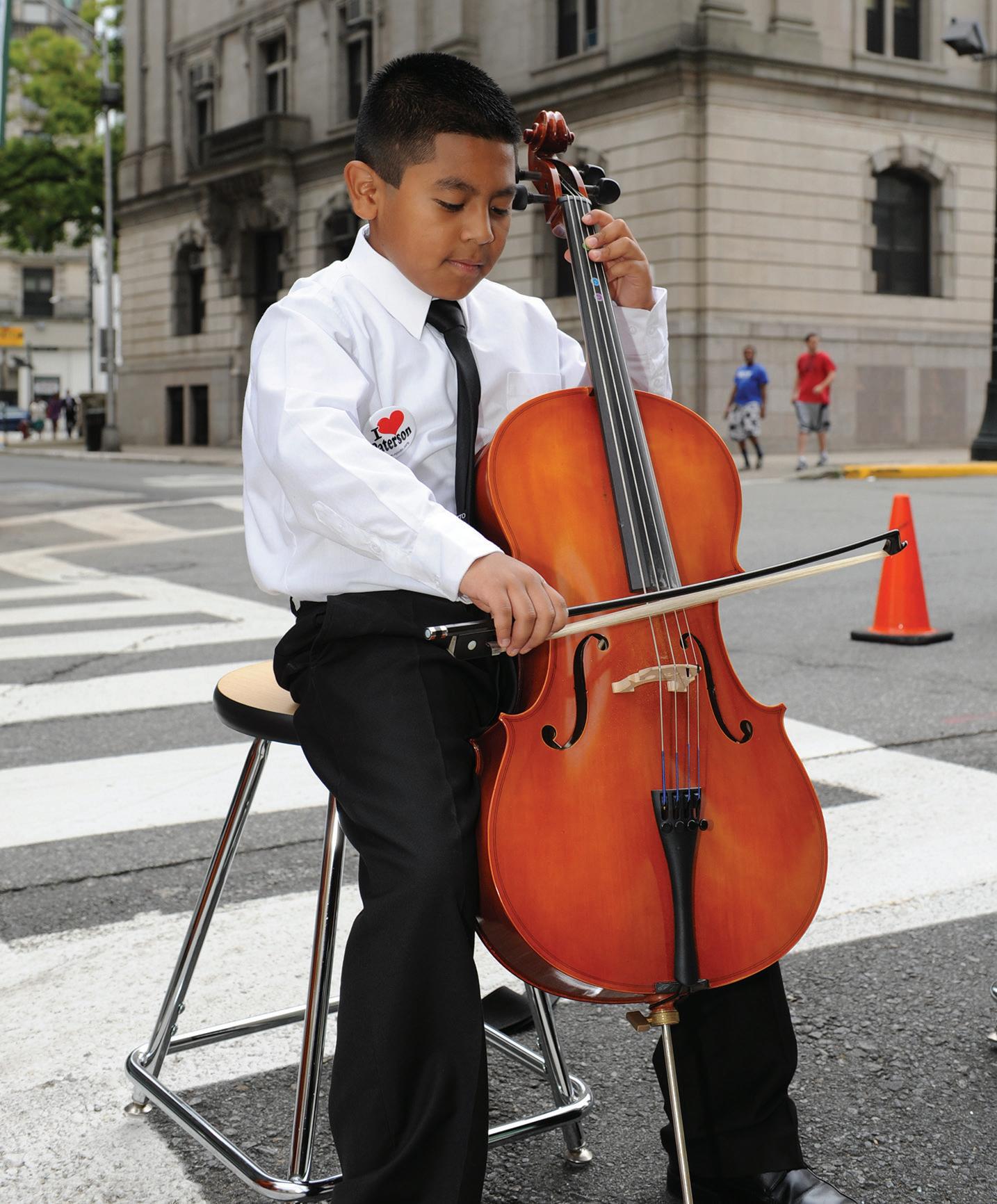

Parks feel safer and more enjoyable when they are actively used by community members. They also are spaces where community members can gather together, engage in healthy physical activity, and improve their mental health through exposure to fresh air, sunlight, and nature. In order to bring more people to the parks in the Great Falls Neighborhood and encourage their use, this strategy proposes holding a wide range of programs in the parks.
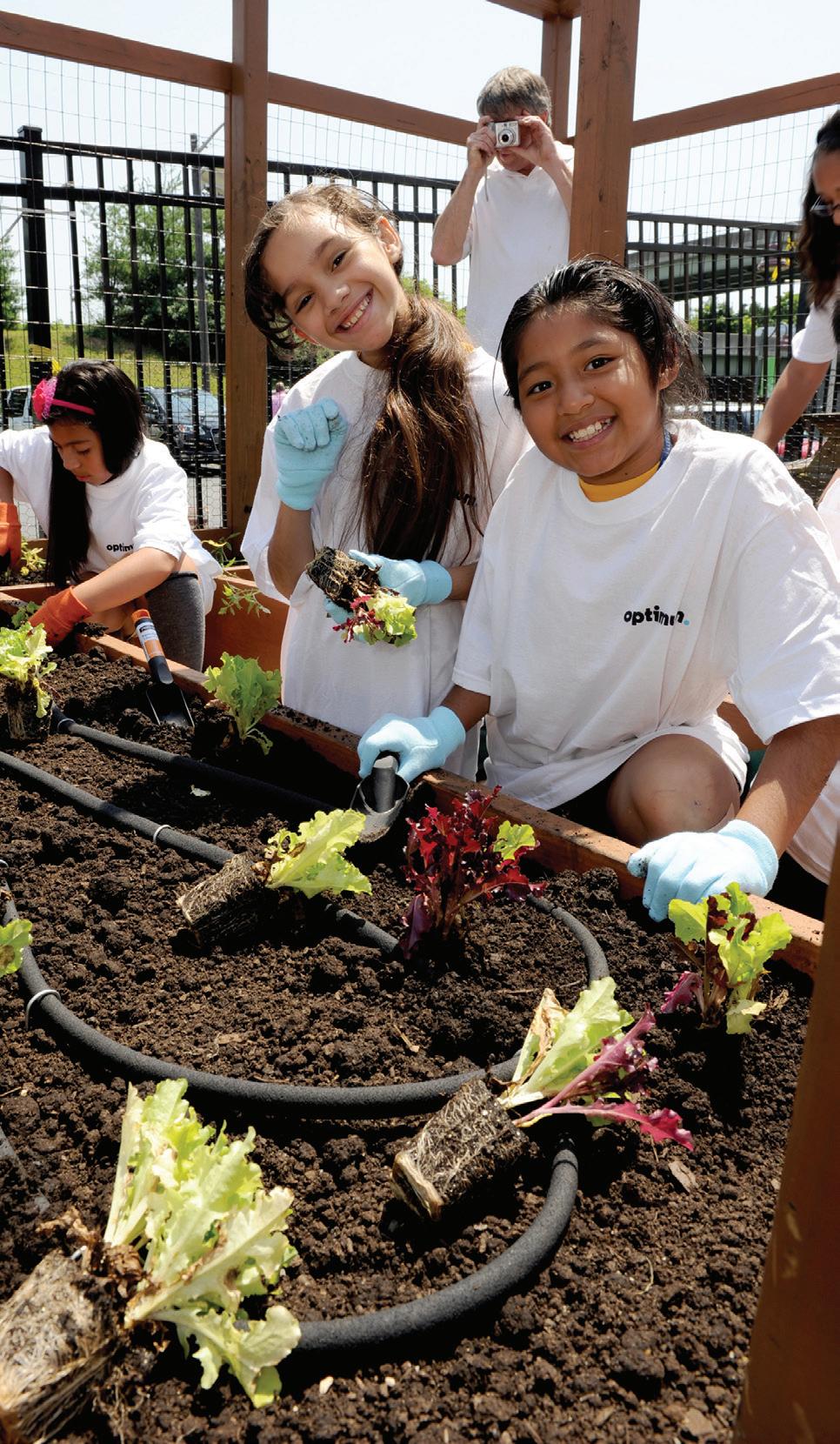
Strategy 6.1: Promote Access to Health Services
Building a strong and resilient community requires ensuring that residents have access to health care services. This strategy will expand residents’ access to existing health care services and
Future Barclay Street Healthy Homes Project
address the gaps and barriers that exist within the current health care service infrastructure.
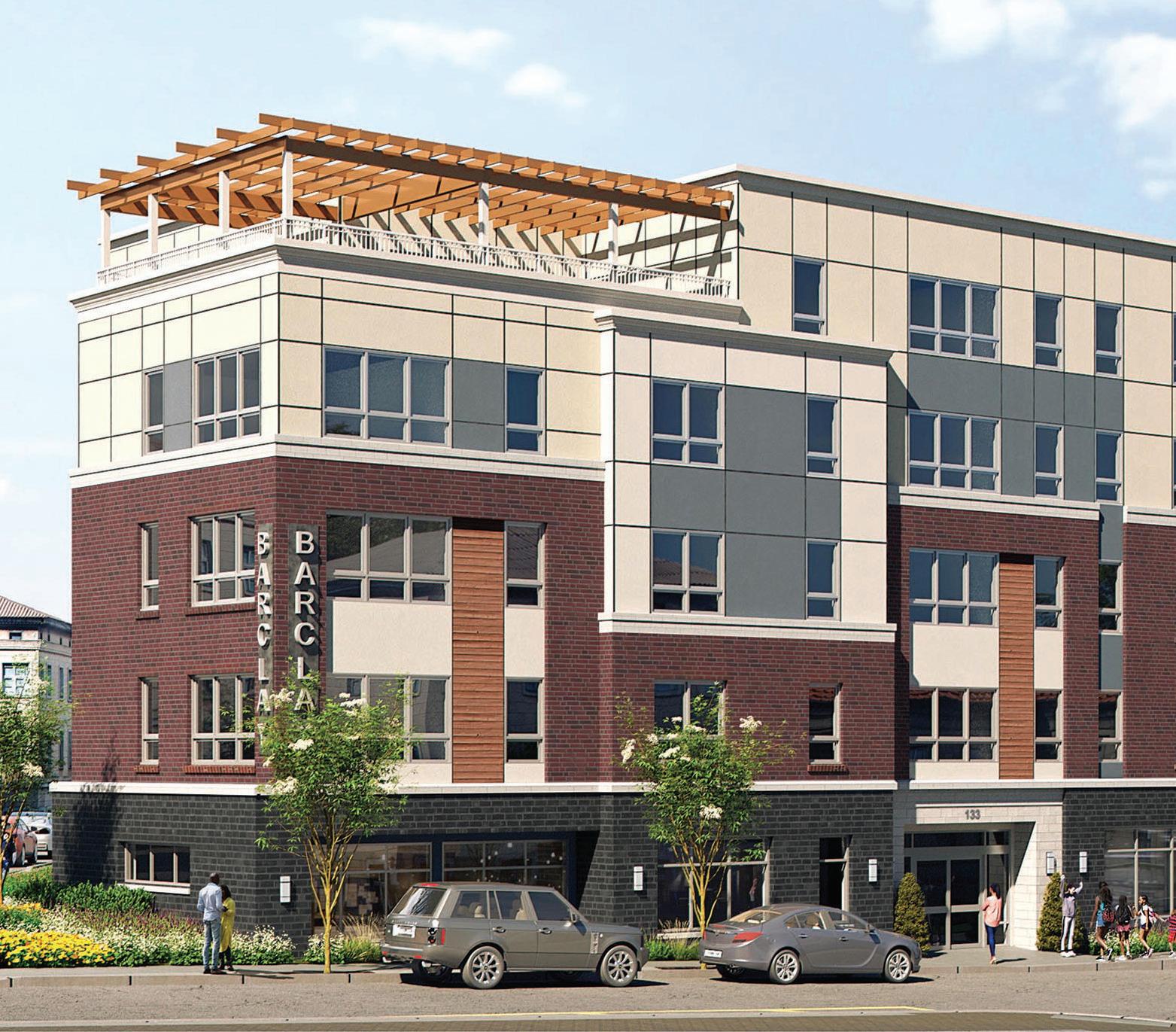
Health is about more than just accessing health care services—it is about living a healthy lifestyle. Through education and programing, this strategy will support community residents and families in
living heathier lifestyles, thus building a stronger and more resilient community in the Great Falls Neighborhood.


Donald F. Buckley, Chair TD Bank
Anthony Coscia, Vice Chair Windels Marx
David Berninger, Treasurer ICBC
Carline Morrison, Secretary BD
Eric Daleo Gateway Development Commission
Nita Das S&P Global Etta Denk Bank of America
Robert Garrison Laborers’ International Union Robert Guarasci, Ex-Officio NJCDC Founder & CEO
Victor J. Herlinsky, Jr. Sills Cummis

William Pascrell, III Princeton Public Affairs Group
Kenyatta Stewart, Esq. City of Newark
Martin Vergara II
Morgan Stanley
E-mail: info@njcdc.org
•
• Website: www.njcdc.org